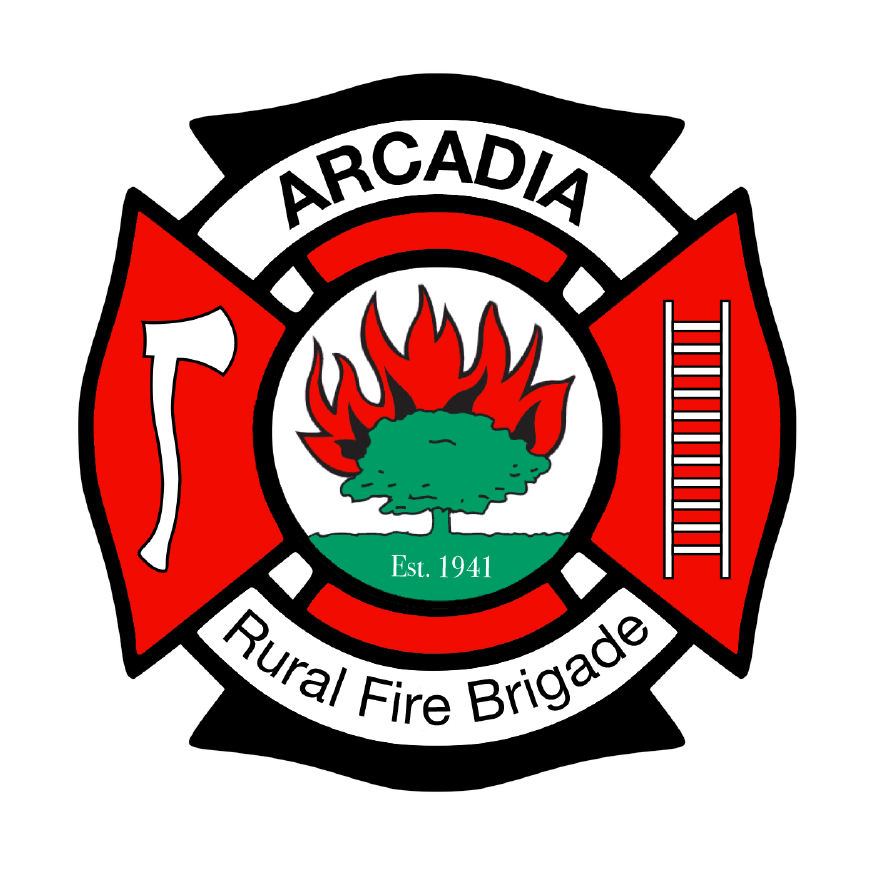High Fire Danger & Storms
With a brief, but appreciated quiet period over Christmas and New Year's, the brigade got a chance to relax and recharge, however, we were still quietly working away in the background. Members were up at the station ensuring our equipment and trucks were in good working order, general maintenance of the station and grounds, inspecting surrounding bushland, and even some new driver training!
We've had a number of fire calls in the local area, including power lines arcing on a Total Fire Ban day in Galston Village, which set fire to the nature strip. Arcadia and Galston responded swiftly and had promptly extinguished the fire before it got any bigger. We also had a call to an over-turned light rigid truck in Arcadia, which saw Arcadia, Galston, and Dural attend to manage any fire risk, manage traffic and clean up the diesel spill. The occupants of the vehicle were uninjured, and the cleanup was minimal.
In December we experienced a number of dry lightning storms, this resulted in the brigade being called to four different lightning strike fires. These storms have come back again in January, and as Arcadia backs onto Marramarra National Park, you may see us out patrolling the area after lightning has come through, to check for any smoke. If we see any fires started by lightening during our patrols, it gives us the opportunity to act quickly rather, than waiting for the fire to grow, and become a fire that will threaten our community on the hot windy days.
During these hot windy Total Fire Ban Days, the brigade has crews on standby, usually within 20 minutes of the station. These crews will be rapidly activated if a large fire was to start anywhere within 2 hours of Sydney to help other communities with their Bushfire Emergencies.
Rest assured we always have enough resources here back in our own brigade areas to support any incident that may arise.
With the high temperatures and minimal, inconsistent rainfall we have experienced, the bushland, but also the grass in our backyards has been exceptionally dry. Along with these hot days we've seen many Total Fire Ban (TOBAN) days that continue to raise the Fire Danger Index (FDI).
Understanding the Fire Danger Ratings
You will have heard many of the terminology used by the RFS and media, but what does this mean for you?
You will have seen the Fire Danger Index (FDI) signs in our area, usually near fire stations, as we have to change these every time the rating changes. These signs give the community an indication as to the consequences of what would happen if a fire started. There are a number of factors that are considered when determining the FDI, which include the temperature, humidity, wind, and overall dryness of the landscape. This is why the FDI can vary from day to day, and some days are TOBAN's, others have suspended permits, and the next day is mild. It is important to understand what each of the ratings mean.
Low moderate to high indicates that conditions should be monitored, and you stay informed and ready to act if required. VERY HIGH??? It is a perfect time to review your plans and continue to prepare your property. Severe indicates that homes that are well prepared and are actively defended can provide safety, however, leaving early is the safest option for your survival. Following that is extreme, properties are required to have high level of preparation and has been designed to withstand fire. Again, the safest option is to leave early for survival. The highest FDI rating is catastrophic, a rating we don’t want to see. Leaving early is the ONLY OPTION as no property can withstand these conditions. Whilst the risk of bush fire is a real threat in our rural areas, understanding the FDI ratings, alongside reviewing and improving your bush fire survival plan, you will be better equipped if such a time requires you to actively defend or leave early.
Further information can always be found on the NSW RFS website regarding the FDI rating, bush fire survival plans, and TOBAN's www.rfs.nsw.gov.au/plan-and-prepare/fire-danger-ratings

